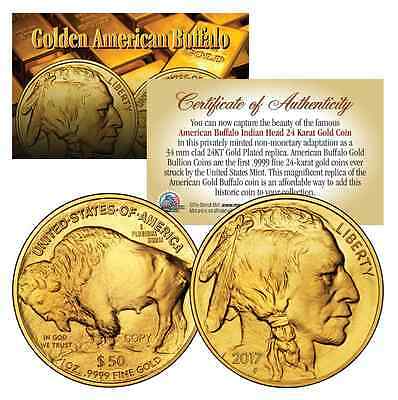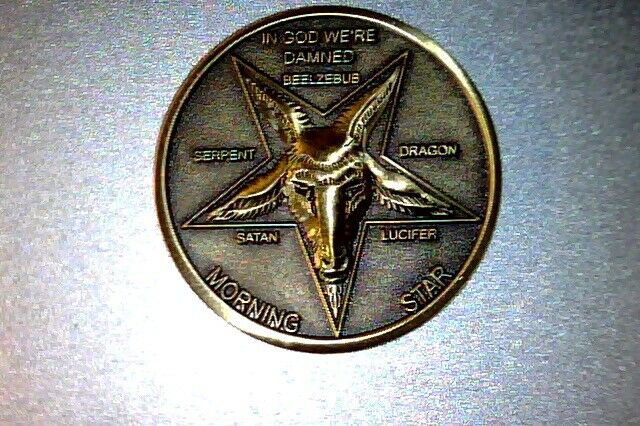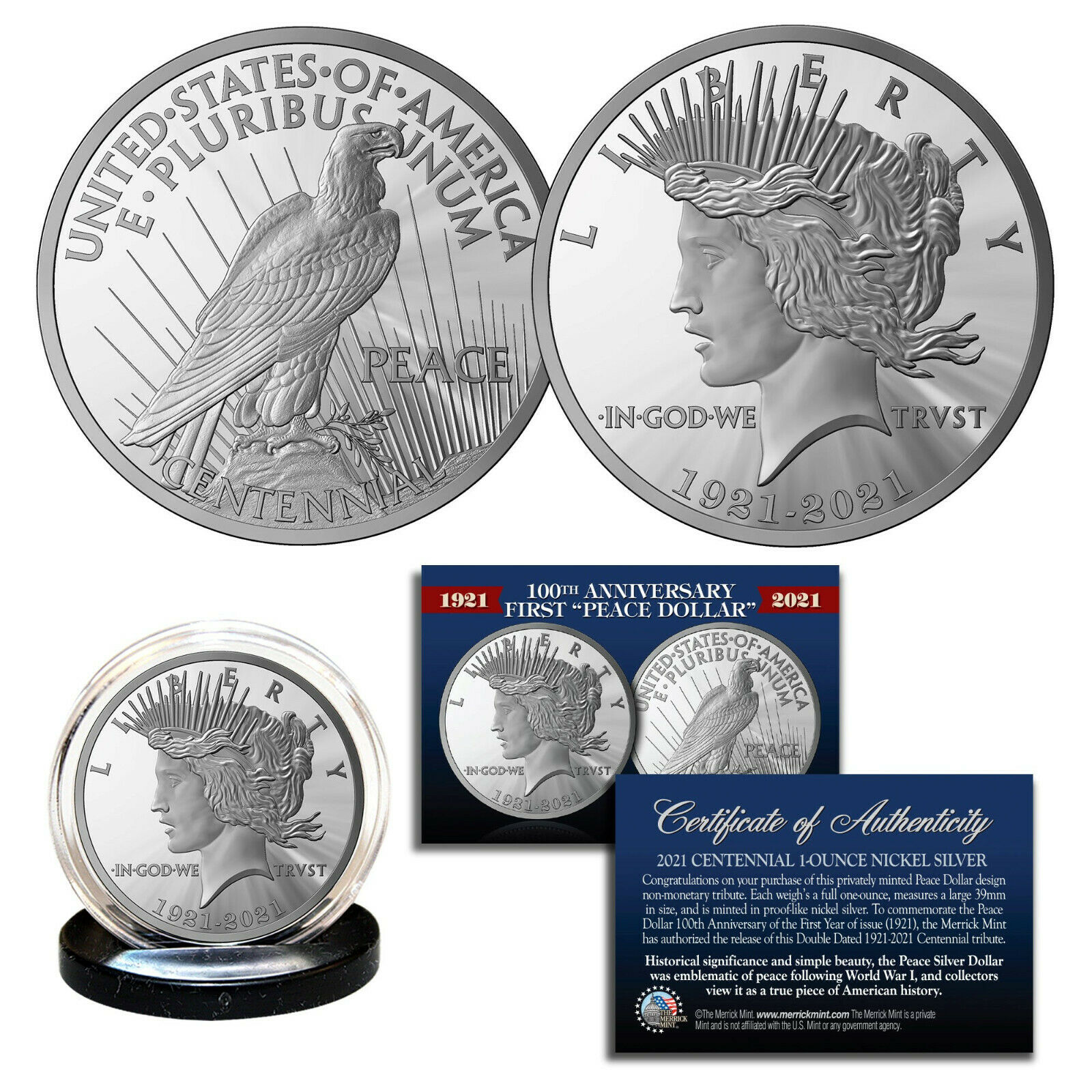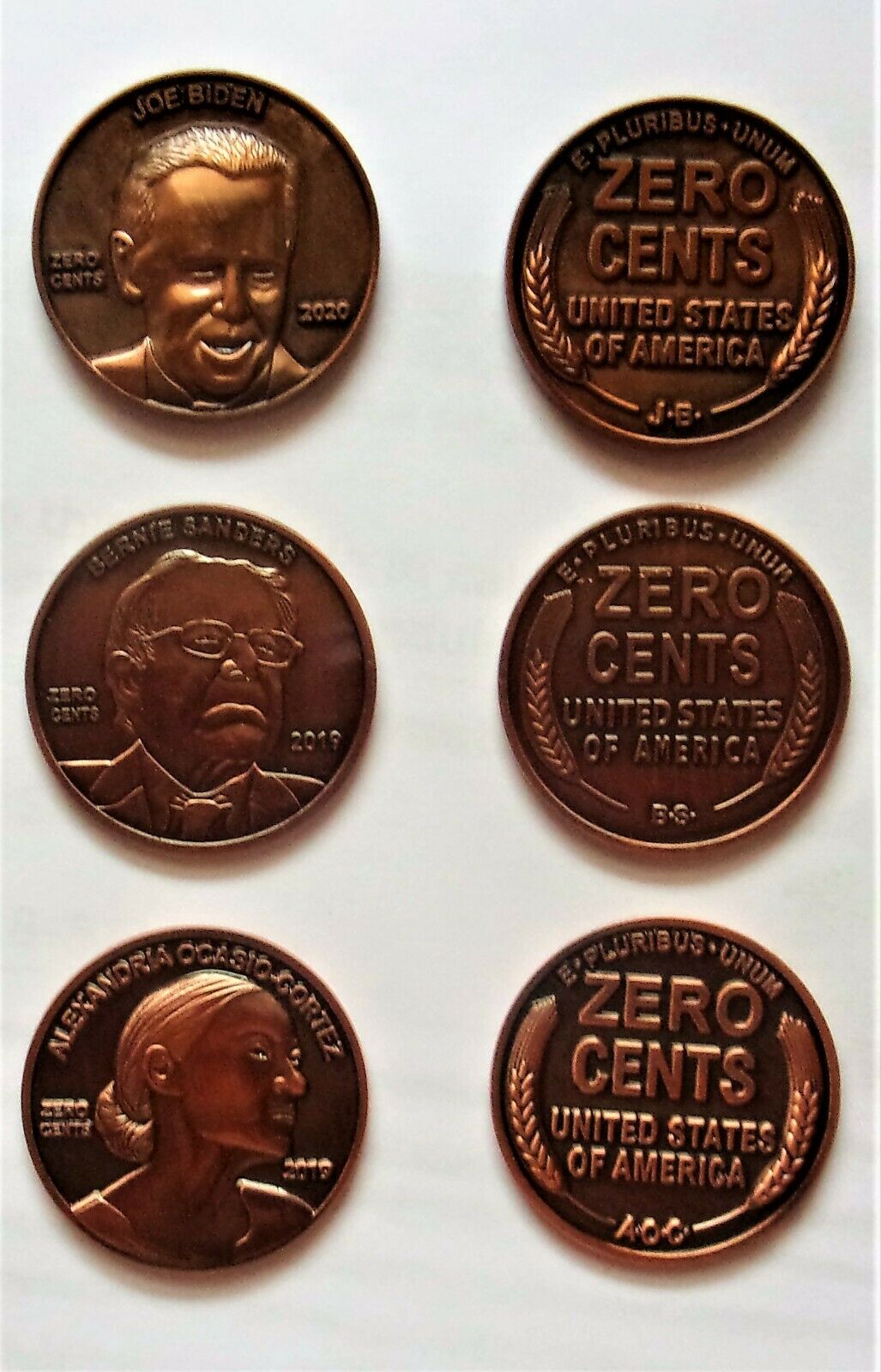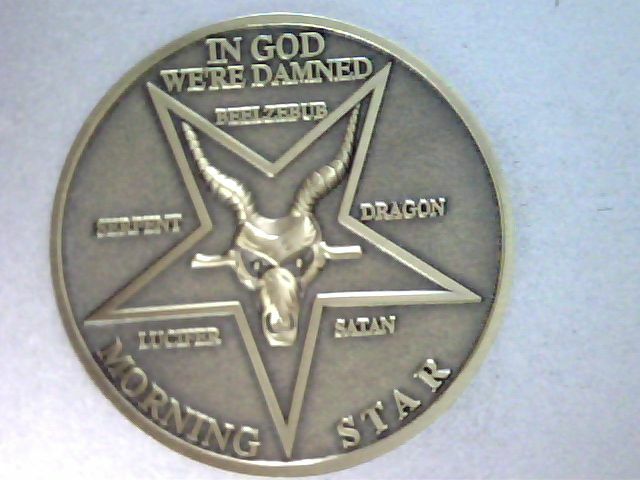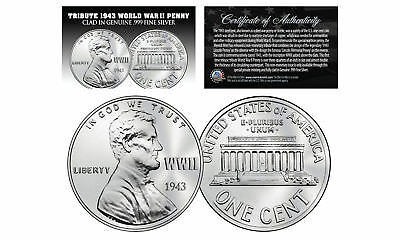-40%
1 -ÄNÄN MUNÄN YLHÄ - Isle of the Morning Sun- 1 Suota 2004 .999 Silver 500 Made
$ 4.69
- Description
- Size Guide
Description
ÄNÄN MUNÄN YLHÄIsle of the Morning Sun
ÄNÄN YLHÄTUOLI
Isle of the Morning Breeze
ÄNÄN TÄNTAIMON
Firefly Island
Anan Munan Yhla
2004 1 Suota
.999
Silver
.
.36 grams
10mm
Worldwide Mintage of only 500
This sale is for one (1) coin
Comes with a folded pamphlet of the country, it’s peoples and the
money
Änän Munän Ylhä, Änän Ylhätuoli and Änän Täntaimon were once one island that was much larger than it is today. Records indicate Änän Munän Ylhä was about four times the size it now is. It was one single island until the winter of 1685.
Änän Munän Ylhä was a large single island with numerous low-lying areas that were flooded by severe winter storms, effectively cutting off sections of the island from the other. One specific lengthy and especially severe storm in 1684 or 1685, according to records, effectively cut the island in two. The amount of sandy marsh that was carried away by the sea was so extreme, the islanders were unable to repair the damage. A sand spit remained as a natural bridge between the now divided island but this went during a storm in 1735. The single island then became two. It was some years later, sometime in the 1800s, possibly the 1870s, another storm created another gash in the landscape, effectively cutting the two islands in to three. The landscape created during the 1600s survives to this day.
Änän Munän Ylhä is low-lying with a base of sand, for the most part. Over the years some soil has created good opportunities for farming but there still remain many salt meadows where cattle are grazed. For the most part, the islands have been protected by rock and stone barriers that tend to minimize the effect of the waves during storms. The northwestern side of the north island reaches an elevation of some 105 feet, offering a great deal of safety from the wave action that separated the island originally.
Änän Munän Ylhä could be described as a "hallig" island group. A "hallig" island is generally known as a coastal island that is low-lying and is primarily has a sand based core. Änän Munän Ylhä does have a sand based core, but it is not a coastal island. It is more like Sable Island in the Atlantic. Änän Munän Ylhä and Sable Island are neither coastal islands but technically, very much "hallig" islands. Generally speaking, a "hallig" island is at the mercy of the sea.
Änän Munän Ylhä has plenty of fresh water. There are numerous ponds and small lakes on all three islands. Since salt water is heavier than fresh water, the islands sit on a rim of fresh water.
Änän Ylhätuoli is the nearest island covers 1,885 acres of dry land and is a long narrow island ranging from about 1,600 to just over 3,000 feet wide at the widest point. The island is not known for its beautiful beaches primarily because the waters around the island are so shallow. Over the centuries, sand and mud has built up for up to 4 kilometers in virtually all directions around Änän Ylhätuoli. The sandy composition and low-lying characteristics make Änän Ylhätuoli technically a halligen island. Because of the very shallow waters around Änän Ylhätuoli, the island is not affected much by strong winter storms. In fact, the island could be considered as growing.
Fresh water is plentiful with a lake in the center of the island nearly as large in size as the total land area. The lake is shallow, ranging from inches to about 15 feet at its center and is fed by a number of springs. A small fish inhabits the lake and while it is not for certain, it is safe to say it is one of the few habitats for the fish. The fish are considered worth preserving by the local population although there is no ecological organization dedicated to its preservation. We do not know the species of the small fish.
Änän Täntaimon is a small low lying island of 1,280 acres. Growth is limited to grasses and shrubs. Surrounding the dry land are shallow pools of saltwater that appear more of a marsh than the sea. The northern and western side of the island is located in shallow water but lacks the marshes. The island would likely not exist if not for the shallow waters to minimize wave damage during strong storms.
The islanders came from Änän Munän Ylhä to initially harvest eggs from the population of birds that were nesting there. They hold the same Christian faith and language of Änän Munän Ylhä, called Ylhäällä, is spoken on the neighboring islands.
All needed services are provided as needed by Änän Munän Ylhä. There is no regular transportation off the island, nor is there medical facilities on the island.
The islanders frequently visit neighboring islands. They trade with the neighboring islands.
Thus, Änän Munän Ylhä, Änän Ylhätuoli and Änän Täntaimon consists of 3 islands with a total land area of 6, 618 acres. The islands are separated only by a few kilometers of shallow sea. Over the years, a rock barrier offers a low tide path to the next island. The water ranges from a few centimeters to about a meter at low tide on the rock and sand pathway.
The north island or Änän Munän Ylhä is by all means the primary island. It is not only the largest, but most populated. The primary feature of the north island is the quickly rising hill on the northwest edge of the island, rising to 105 feet.
On the southeastern edge of the island is the hub of commercial activity. There is a well stocked general store open Noon to 5 on weekdays and 9:30 to 1 on Saturdays. There is a clinic with doctor and nurse, including a pharmacy and regular visits by a dentist and optometrist. The clinic is open 9 to 11 in the morning and 1 to 3 in the afternoon on weekdays. Änän Munän Ylhä has a bank here, open 9:30 to 2 weekdays. A Post Office is open on Tuesday and Friday, when mail arrives and departs. Hours are Noon to 3. The Government office has several free computers, a fax machine and telephone for making off island calls, open 7 days a week to citizens. Hours are 11 to Noon except Sunday and 7 to 9 every evening. There is a small library open 3 to 5 on Wednesdays and Noon to 2 on Saturday. Here you will find a Church and a School.
Generally, the Änän Munän Ylhä is comprised of lichen heath and sand. Since this is not suitable for cattle grazing and farming, this became the island of commerce.
Transportation is primarily by horse drawn cart. This is the usual mode of transport between islands although there is a small boat acting as a ferry. The only motorized vehicles are two trucks used mainly for transporting goods from place to place. Roads are poorly maintained. Cattle, for example, cannot ride the ferry and must either swim along or be herded over the watery paths from island to island during low tide. Roads are little more than tire tracks.
Common to all the islands are Community Centers. Each island has one big enough for the whole island to gather. This tightly-knit community is known for frequent gatherings for meals, dances and conversations. This is the major form of entertainment on the islands. During the day, some gather at the benches at the store to chat.
Daily life is pretty much defined by sex. Men tend to the animals and government affairs while women tend the gardens, greenhouses and home. Every household has a garden, greenhouse and some animals including pigs, chickens, cows and sheep. There is always time to socialize and work is always mixed with some socializing at some point.
Änän Munän Ylhä, Änän Ylhätuoli and Änän Täntaimon are very self-sufficient with the islanders living simple pastoral lives. It is said they have only wants but have need of nothing. This statement is quite true as virtually every need can be met among the people and bounty of the islands. There is considerable pride in this self-sufficient lifestyle.
The pure isolation of Änän Munän Ylhä, Änän Ylhätuoli and Änän Täntaimon has led to a very distinctive culture over the centuries. Researchers think the islands were first settled around 1036 but not permanently settled until around 1365. There is some evidence the first settlers were marooned on the island. Indeed, some of the culture would trace back to this era.
The people are of hardy stock, known to be tall, slender, having light colored hair, blue or green eyes and a build that demonstrates strength. They are fair skinned. A visitor in the 1800s was impressed by the ladies, saying they smiled easily and seemed unhindered by the presence of outsiders, speaking casually as if meeting an old friend. This visitor wrote "The men and women possess skin so fair, I ponder if they wash their faces with the morning dew."
Over the centuries a distinctive language has developed. Exclusive to this region, the language, Ylhäällä, is spoken throughout Änän Munän Ylhä, Änän Ylhätuoli and Änän Täntaimon. Ylhäällä's main grammar and formation is derived mainly from Finnish and various other European languages while its phonetic structure and sound change and stress rules are very much influenced by Welsh, according to Daniel Worthing, consider the top international authority on the language. He describes the language as quite beautiful in sound. The uniqueness of the language makes it unintelligible outside the area.
Änän Munän Ylhä, Änän Ylhätuoli and Änän Täntaimon's culture is pure and untouched by the outside world. In modern times the rituals and customs are more of a social identity than a dominating factor in life as they were in the past. Superstitions from more ancient times are still seen but, again, they do not dictate life as in less modern times.
It is believed that the morning dew will keep a person looking youthful and young in mind. Spring flowers in a girl's hair is believed to have a hypnotizing effect on males.
Prank Day is April 1 and primarily a way for the youth to show interest in one another. The average person plays or has played on them, two or three harmless pranks on this day. The whole population revels in this day of fun where reality ceases to prevail for the day.
May Day is still common practice. During the day, the girls wash their faces in morning dew and keep fresh flowers in their hair. The day is spent making baskets and talking about what the night holds for them. Youth stay away from home all night and are left to their own without parental intervention. Obviously this leads to some additions to the population about 9 months later. The morning following May Day, baskets of fresh picked flowers are gathered in homemade baskets and rushed door to door around sunrise. One may receive flowers for a nice deed, love interest or other reason the recipient feels worthy. It is a major insult to the family of a female, if the young man she was with over May Day night fails to leave her a basket of flowers at her front door. I might add, every effort to provide the most beautiful flowers or the largest basket of flowers is the rule for the male who is interested in the particular female.
Midsummer is much like May Day except the whole family is involved. Feasts are held, many times involving several families, and a bonfire is always kept through the night. Youth pair up and adults spend the night socializing. Many weddings are planned about this time.
After the harvest is complete, Änän Munän Ylhä, Änän Ylhätuoli and Änän Täntaimon comes to a grinding halt. A week of giving thanks, along with numerous special church services highlighting a time of socializing and feasts. After this time, weddings are attended and more celebration dinners are held. It is traditional to give gifts designed to bond the families of the involved couples. The gift should honor the qualities of the in-laws and have a distinctive quality known to the family of the other party. These are seen as tokens of a bond through the children as two families becoming one family.
Änän Munän Ylhä, Änän Ylhätuoli and Änän Täntaimon is Christian. Religion is a guiding force in everyday life. Mixed in are the telling of historical events and the people involved. These events and actions of the people involved are considered pretty much equal to the doings of several people mentioned in the Bible. They are, more or less, local examples of stellar Christian living. Easter is celebrated by all with two weeks of worship, socializing and feasts. One week serves as the quiet week as the last week prior to the resurrection is told, through Easter Sunday. A week of celebration follows, closing with communion the following Sunday.
Homes now are made of wood with metal roofs featuring piped water and wind energy providing electricity. A few homes are partly made of stone or brick. In the past earthen roofs or thatch or seaweed were used for roofing.
In recent years, Änän Munän Ylhä, Änän Ylhätuoli and Änän Täntaimon have worked on developing a brisk trade of surplus goods. The islands are very self-reliant and need little. Even so, Änän Munän Ylhä, Änän Ylhätuoli and Änän Täntaimon are reliant on the outside world for things like wood and metal for their homes, manufactured items and even dentists and specialty doctors. Higher education is another need.
Fortunately, Änän Munän Ylhä produces more than it needs internally, so a trade surplus helps to finance the additional needs of the people. This does not mean Änän Munän Ylhä is without problems. The problems come in prolonged bad weather when supplies are needed or if a seriously ill islander must wait for the weather to clear enough to be transported to a hospital. Even so, this is not terribly common.
Änän Munän Ylhä, Änän Ylhätuoli and Änän Täntaimon have a government that is fairly loose-knit. Two representatives from each of the three islands serve on the council without pay and make all decisions for the welfare and protection of the people. On a local level, any dispute between neighbors is taken to one of the two council members on the local island. If both parties or one of the parties disagree with the decision, a decision is asked of the other council member. If the parties still dislike the decision, the full council will hear the case and make an absolute ruling. The Council has excessive rights in some people’s eyes. They can order all able bodied men to work and set and collect taxes as needed. As you might suspect, such action is only set in place when required by some emergency, such as a causeway between the islands requiring immediate repair. The Council directs the banking and transportation. You should note the bank is owned by a handful of wealthier islanders as is the ferry service. These more extreme powers, by law, can only be enacted when required to preserve the welfare and protection of the people.
A secretary and maintenance man are the only paid government employees. Islanders are all self-employed and usually take care of several very small businesses. Actual per capita income is unknown as there is no such thing as a tax return. It can be easily said the people are not poor and all the families have some reserve for larger purchases. High ticket items such as refrigerators, stoves and ovens and washers and dryers are found in virtually every home. Many homes have the latest electronic gadgets.
Education is very important to the people. There are two teachers, one for lower grades and one for upper grades. Many classes in upper grades are taught by video. After 10 years of intense education, a student can easily qualify for college and will have good farming, animal husbandry and life-related skills. The education quality is considered exceptional. Any student who chooses, is encouraged to seek a college education abroad. This is both a blessing and a curse as over the years about half of the youth have opted not to come back to Änän Munän Ylhä, leading to a smaller population now than in the past.
Änän Munän Ylhä, Änän Ylhätuoli and Änän Täntaimon are unique in the lack of television sets in homes. You will find them in community centers and a movie or TV show might be the center of a night’s entertainment. There is a local radio station and there is a weekly newspaper. The newspaper carries any government notices, some local news from all the islands, a tide schedule, sunrise and sunset times, moonrise and moonset times, ferry schedule and a listing of products that have arrived and shipped off the islands. Every March, a telephone listing is included as a part of the paper. The paper is weekly and usually not much bigger than a brochure.
MONEY
Änän Munän Ylhä, Änän Ylhätuoli and Änän Täntaimon has issued its own coins almost since the islands were first settled. The name of the currency is the Suota.
Today coins are used for small purchases. A few low value paper notes have been known to circulate but have never been preferred by the islanders. Buying a beverage, snack or a newspaper will be paid by coin but almost all other purchases, including a meal in a restaurant, would be paid by check.
Over most of the coin history, the only coin issued was a very small silver coin that ranged 1/4th to 1/3rd gram of silver although through the years the purity has ranged from .925 to .999 silver. The value of the Suota has varied from 3.7 grain to 5.04 grains of pure silver. This coin, the 1 Suota, was the only coin ever issued until the past few decades.
The question arose as to why the content of silver varied over the centuries and the best answer we have found is the perceived value of the coin regarding merchandise brought to the islands. For example, when silver values fell when silver from the New World flooded the international market, the Suota carried a 5.04 grain weight in .999 silver. Most recently, the rise in silver prices in the past year or two has dictated a lowering of silver content back to ¼ gram per Suota.
As the years went by, winter storms separated the original island into three separate islands a friendly rivalry developed with each island trying to become the load island. The fact is all three islands have their own distinct contributions they make to the quality of life of the islands. However, it became a point of pride to issue their own coin.
Not long after the islands were separated by the fury of winter storms, each island tried to be the top or most important island. It was much like a sports rivalry in that each team wants to be the best but in reality everyone realizes all of the islands need one another. It is pretty much undisputed that Änän Munän Ylhä is the most important island, followed by Änän Ylhätuoli and Änän Täntaimon. Änän Munän Ylhä earns the title as most important island as it is the island of commerce and education.
The fact is Suota coins were issued at will by each island without rhyme or reason. Mintages ranged from just a few to thousands. These coins, until a few decades ago, were hammer-struck silver pieces.
As the world became a smaller place, the islands decided to release coins that could be utilized off the islands. By this point, the only bank on the islands had managed to engage the local population in traditional banking services. This meant blank checks were found at business counters in all the businesses. Purchases that were beyond the point of ‘small change’ were made by check. This has been the case for the last 45 years or so.
When coins were made with the idea the international market would be involved, a designer was hired to develop the image on the coins and an off-island mint was hired to produce some coins. The first release for the international market as well as local use was a difficult process.
The first coin for the local and international market was the 1 Suota at .36 gram of .999 silver. This was designed off the island but minted on Änän Munän Ylhä on a small screw press. The coin was dated 2004.
It was 2006 before the next coin would appear, commissioned by Änän Ylhätuoli who utilized the same engraver to design the coin image and the minting was arranged off the island. The 3 Suota coin, the first in that denomination, weighed 1.05 grams of .999 silver.
The story is that once the leading island, Änän Munän Ylhä released the 1 Suota, Änän Ylhätuoli was already talking about a 3 Suota because the reasoning was one on the islands would likely produce a 2 Suota coin and if Änän Ylhätuoli was ‘one-upped’ they could still win the rivalry with a 3 Suota.
Not to be outdone, Änän Täntaimon ordered a coin with a visual description of its terrain with the very same designer in 2007. The denomination was to be 7 Suota, a denominations never previously released. Again, the rivalry prevailed. The thinking was one of the islands would try to ‘one-up’ with a 6 Suota, so Änän Täntaimon opted for a 7 Suota coin. This was a substantial investment was made by the smallest island in population and wealth.
The 2007 coin did not arrive. Nobody knew why, but Änän Munän Ylhä had already received word that Änän Täntaimon was to release a 7 Suota coin, so they quickly planned a 10 Suota coin with a classic design of an image depicting the scared seafaring people who were marooned on Änän Munän Ylhä during a freak storm. The needed funds were allocated and sent to the very same designer.
Both Änän Täntaimon and Änän Munän Ylhä Islanders were rather worried as the months passed with no word. The thought that the designer had stolen the funds certainly crossed the minds of more than a few, but finally, word was received. It seems as soon as the designer had created the image for the 7 Suota coin, he became seriously ill and nearly died. In fact, it would take some 18 months to recover. Once back to his old self, the designer started work on the 10 Suota.
After learning of the designer’s illness, folks on Änän Täntaimon and Änän Munän Ylhä decided to invest in a screw press to mint the country’s coins. This was purchased by a local merchant through a loan offered by residents on Änän Täntaimon and Änän Munän Ylhä and brought to Änän Munän Ylhä during the summer of 2009 to await the dies for the 7 and 10 Suota.
After almost two years, the dies were done and sent to the islands by the designer. In fact, the coin dies were aboard the vessel bringing the last supplies of autumn to the islands. Änän Munän Ylhä, Änän Ylhätuoli and Änän Täntaimon do not enjoy shipping service during winter months.
Some say the boat was overloaded when it set sail on a bright autumn morning with a forecast of sunny conditions and light breezes. Shortly after noon a sudden and unexpected autumn storm, much stronger than most, threatened the vessel.
There were passengers from all three of the islands on the boat. Everyone knew of the coins dies and it is thought they knew which boxes contained the coins. Although rumors abounded of islanders tossing the boxes containing the coin dies overboard during the storm, there is simply no evidence.
It was clear some of the supplies did not make the journey. With waves crashing, some of the supplies were lost to the sea. While no lives were lost and injuries were limited to bumps and bruises, a couple of cattle were swept to the sea in the violent storm.
It would be the Spring of 2009 that a group of islanders went looking for lost goods, including the goods. After some time, a recovery of salvageable goods was made. This included the dies for the 7 and 10 Suota.
Once the coin designs were found, it was noticed the steel dies had been damaged from sitting in saltwater over several months. The image was pitted. Even so, the decision was made to mint the coins anyhow. The fact was, the islands did not have the extra cash to spend on new designs. These original dies were placed in the screw press, did not crumble and were successfully utilized to mint the 7 Suota for Änän Täntaimon and the 10 Suota for Änän Munän Ylhä.
The 7 Suota, dated when the design was created, 2007, was not released until the summer of 2009, on 2.5 gram blanks that were 90% silver. The 10 Suota, designed and completed in early October 2008, was not minted until summer 2009 and was created on 1/10 Troy Ounce .999 Silver blank rounds.
From what we know, the 1 Suota, the most common coin, had a first minting of 200. The second minting was 300. The 3 Suota had a first minting of 200. The 7 and 10 Suota mintings were in the 108-110 range, likely because of the expense and the fact fewer of these coins would be used.
The 7 and 10 Suota release (which happened within days of one another) was important for the islands. It was symbolic in that it destroyed any ill will between the islands. The rumor mill had clearly been proven wrong and any bad feelings could mend. The symbolism of the 7 and 10 Suota was unity.
It might easily be said the 7 and 10 Suota are a symbol of unity among the islands, a healing of sorts for wandering thoughts and ’what if’ scenarios. The history of the islands will likely prove this release of coins to be their most important. In a late-breaking bit of news, a clay pot of old Suota coins has been found. The coins, at a quarter gram to about .42 gram each, are very thin, small pure silver brakteat coins showing only the Änän Munän Ylhä heraldic seal. The islanders believe the coins may date from the late 1300s or early 1400s as they are in the style of coins produced in the late 14
th
and early 15
th
centuries. The coins were uncovered in November of 2010 when a foundation of an old home was seen extending from the sand along the shore. An excavation uncovered a clay pot, sealed with wax, found under a floor board along with several other relics. Nobody knew of the old home near the shore that had long since been covered by shifting sands from winter storms over the centuries. Some suspect this may have been the ‘so called’ government treasury or at least a family’s savings. Historical notes seem to indicate the home was abandoned ‘around 1500’.
The local museum on Änän Munän Ylhä has the coins and reports it appears they are all the same. Other artifacts have been found as well and are displayed in the tiny museum next to the government office. All the artifacts have been reviewed by scholars and determined to be representative of the era of 1350 to 1450 A.D. As the islands were first inhabited in 1365, it is presumed the items, including the coins, date from 1375 to 1450. According to local writings, the first coins were minted around 1380 and the coin image is that of the first coin, although local historians say the image on the coins were used during the first century of habitation.
The island's money supply has been estimated at 17,230 Suota in coin and an unknown number of paper banknotes although that number is believed to be less in number than the coinage.
Not Responsible for any further charges including Customs
if unsure about Customs charges contact the Customs Office in your Country
DISCOUNT ON SHIPPING FOR MULTIPLE PURCHASES
FASTEST SHIPPER ON EBAY
ALL MY ITEMS ARE SHIPPED THE DAY OF PURCHASE IF PAID BEFORE 12:00PM.
ALL ITEMS PAID AFTER 12:00PM WILL BE SHIPPED THE NEXT DAY…
*** GUARANTEED ***
***
Please don’t hold me responsible for the Post office shipping time when leaving feedback
***
Thank You for your Purchase and Please come back soon
All orders come with a 5% discount card good for your next purchase
All coin orders over .99 gets a
FREE Ancient Roman Coin
in a Display Album with the Story of the coin and a
"Certificate of Authenticity"



